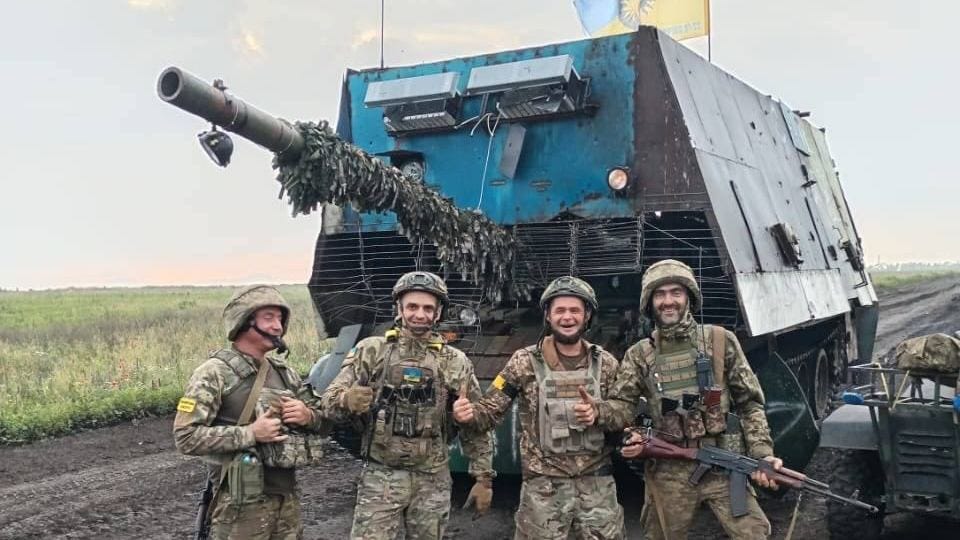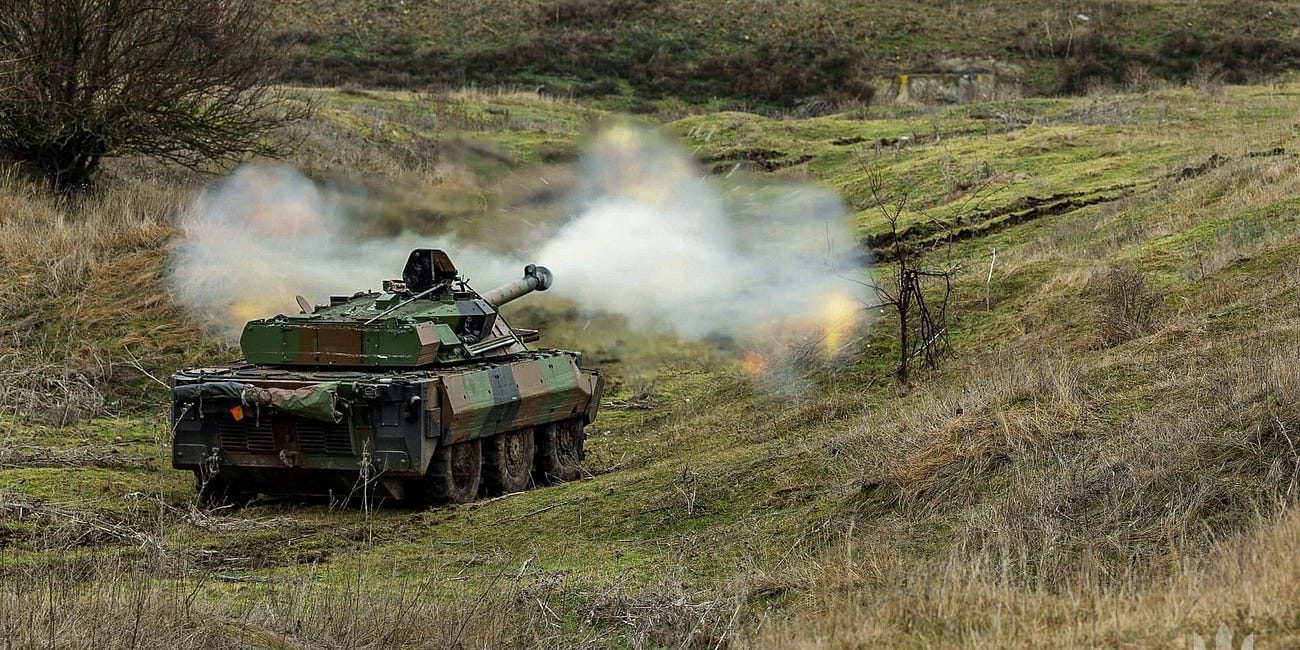Ukrainian troops have captured a Russian turtle tank for the first time—and for exactly the reasons you’d expect. The crew of the bizarre up-armored tank reportedly got lost and stuck.
That’s not surprising. The shell-like layers of drone-resistant metal sheeting and grating the Russians add to their turtle tanks, transforming them into crude breaching vehicles or armored personnel carriers, tend to impede mobility and visibility.
The Ukrainian army’s 22nd Mechanized Brigade, holding positions southwest of Bakhmut in eastern Ukraine, nabbed the turtle tank on or before Monday.
“A trophy ‘turtle’ tank in service with the Ukrainian army,” the defense ministry in Kyiv crowed in a social media post that also included a photo of the captured vehicle, freshly painted in Ukrainian colors. In fact, it’s unlikely the Ukrainians actually will deploy the awkward turtle tank in combat.
Russia’s turtle tanks, which first appeared this spring along the 700-mile of Russia’s 28-month wider war on Ukraine, are a specific adaptation to a specific problem: the combination of Ukrainian minefields and swarms of tiny first-person-view drones. The mines threatened Russian assault groups from below. The drones threatened them from above.
Wrapping older tanks—including some 1960s-vintage T-62s—in plating and grating helped to ward off the drones. Some Russian regiments also installed clusters of anti-drone radio-jammers. Fitting the up-armored tanks with mine-rollers allows them to clear a path for other armored vehicles following behind them.
But the armor also added weight—and limited the crew’s visibility to a narrow arc ahead of the vehicle.
The trade-off was worth it as long as drones were the Ukrainians’ main munitions for defeating Russian assaults. “Sacrificing observation and the ability to rotate the turret on one tank per platoon that can jam many FPVs’ frequencies at once makes sense,” wrote Rob Lee, an analyst with the Foreign Policy Research Institute in Philadelphia. “The priority is to get infantry assault groups across open fields to buildings or defensive positions.”
But the Ukrainians disproportionately on drones last fall and this spring because they were running low on artillery shells and anti-tank missiles—and they were running low because pro-Russia Republican lawmakers in the U.S. Congress were blocking further U.S. aid to Ukraine. The six-month blockade finally ended in April—at which point a lot of American-made munitions began shipping to Ukraine.
Re-armed with artillery shells and anti-tank missiles, the Ukrainians began taking out the turtle tanks in growing numbers. All of the sudden, the tanks’ benefits—protection against drones—no longer outweighed their liabilities: poor visibility and mobility.
And then that one turtle-tank crew got lost and stuck outside Bakhmut, underscoring exactly why these improvised vehicles are, at best, emergency stopgaps.
Read more:
The Ukrainian Marine Corps' AMX-10RC Recon Vehicles Have Become Night-Shooting Artillery
The Ukrainian marine corps’ French-made AMX-10RC reconnaissance vehicles have had a hard war. The 15-ton, six-wheel vehicle with its four crew and unstabilized 105-millimeter main gun was meant to probe enemy positions—firing a few rounds to provoke a response and then speeding away.






